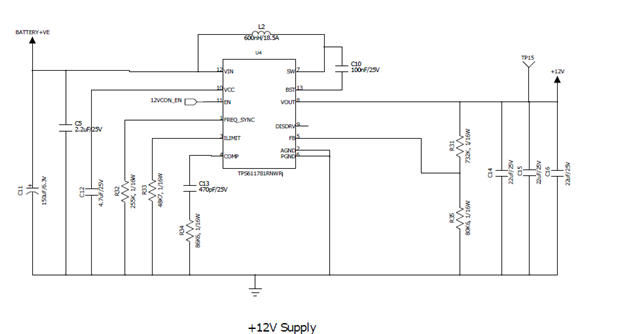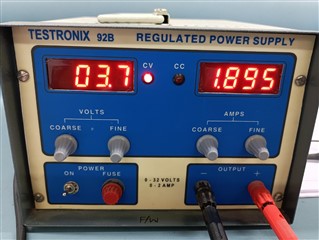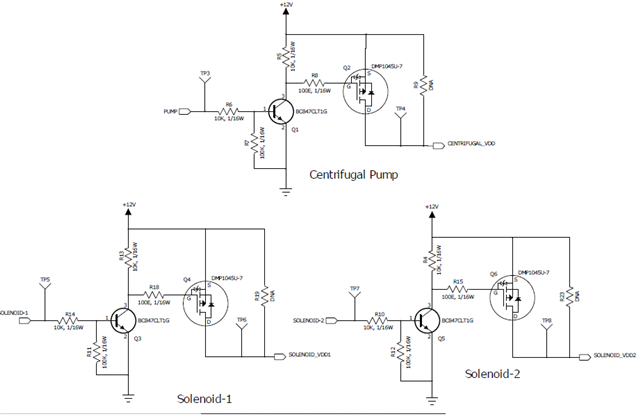Hi Team,
Our customer is using TPS611781RNWR in their application and noticed about 215mA no load current. I understand that the no load current is less than 1mA while the IC is enabled. What could be the cause of high current at no load?

Regards,
Danilo





